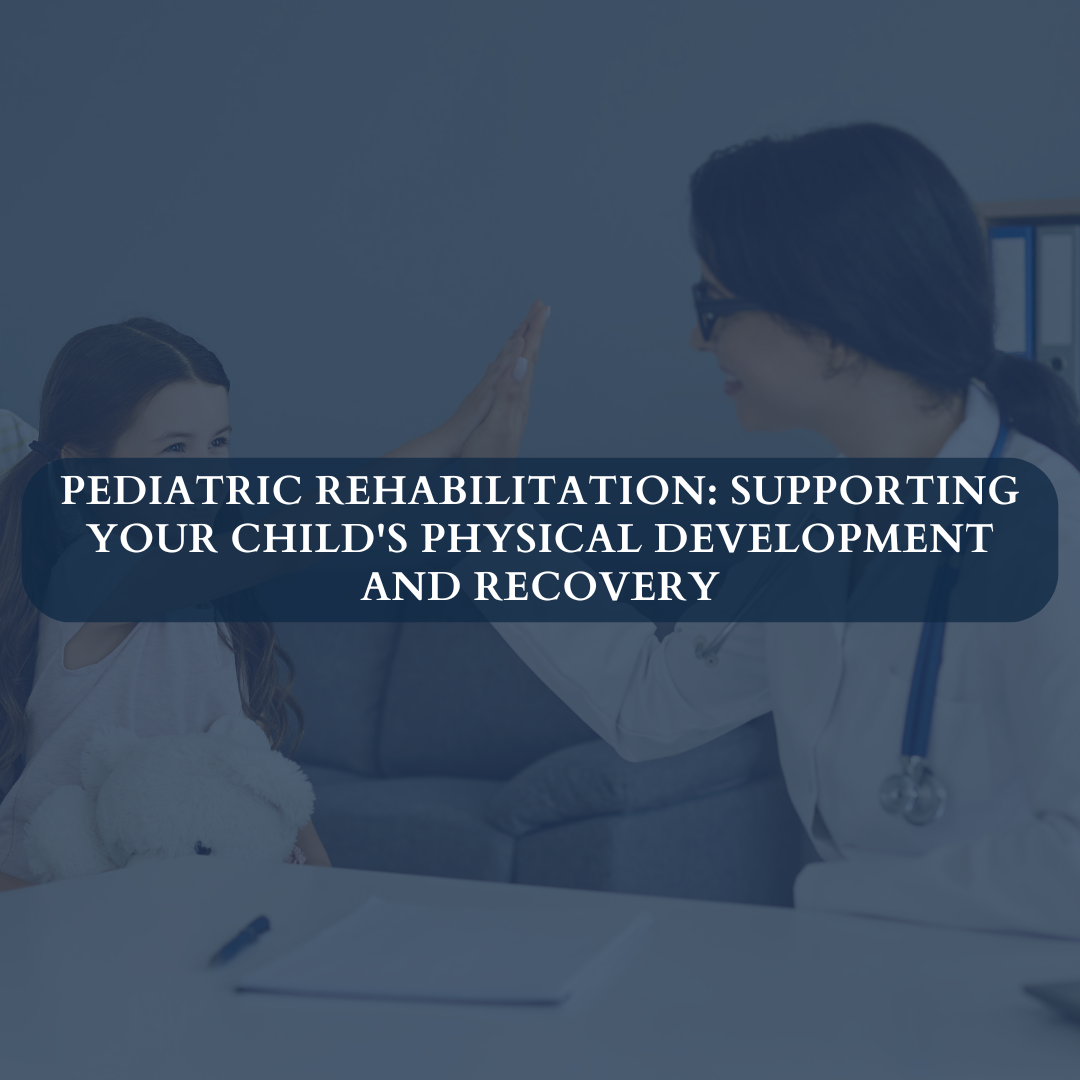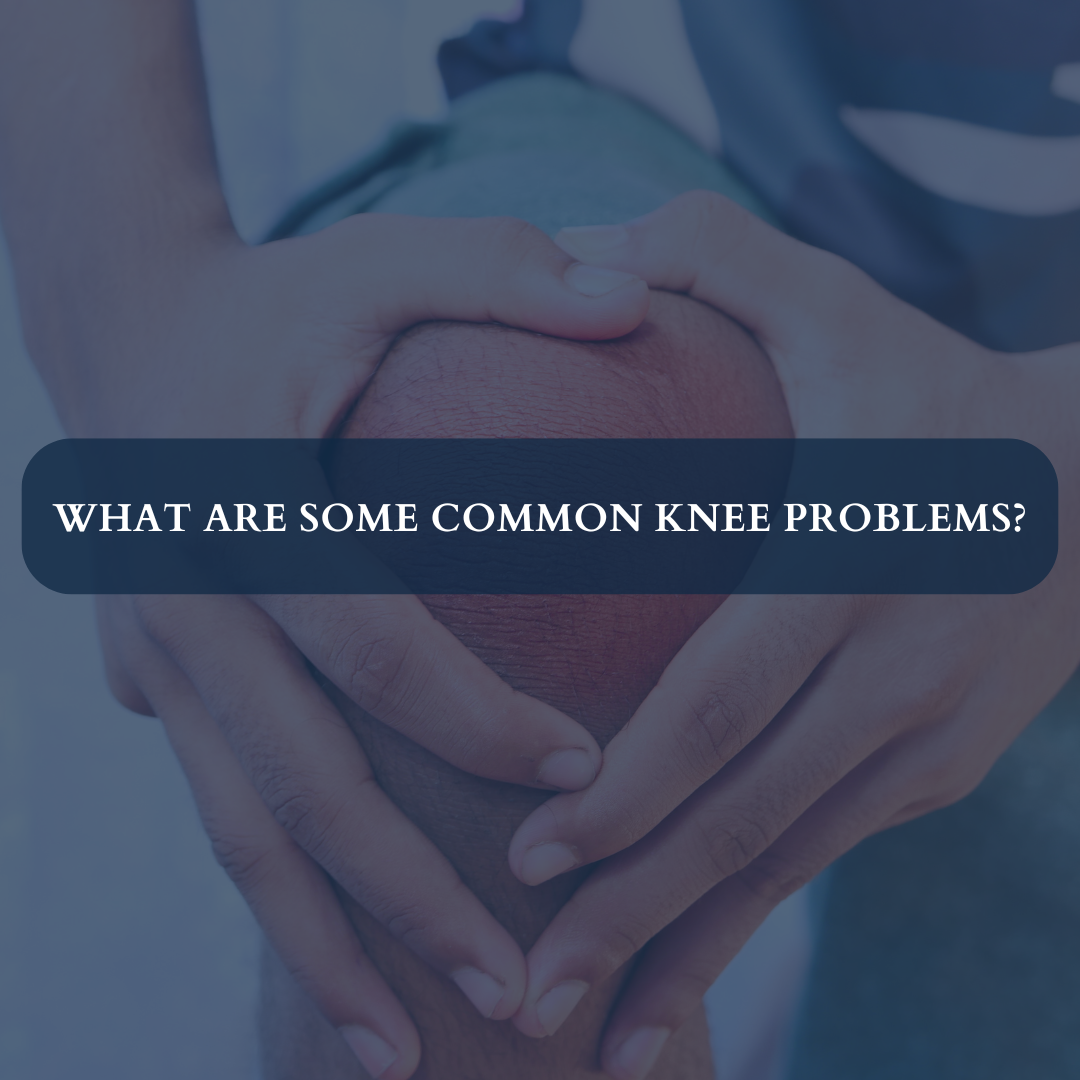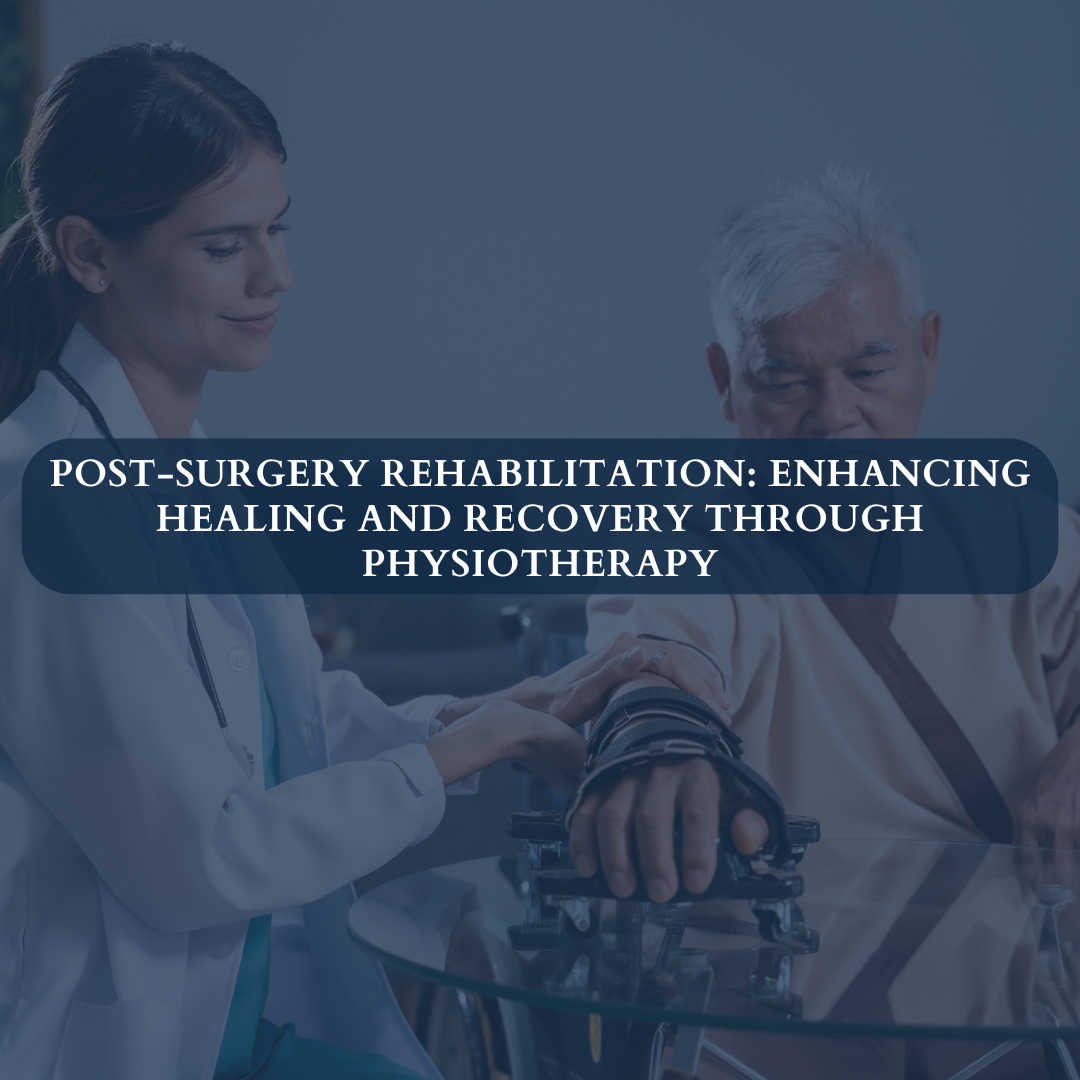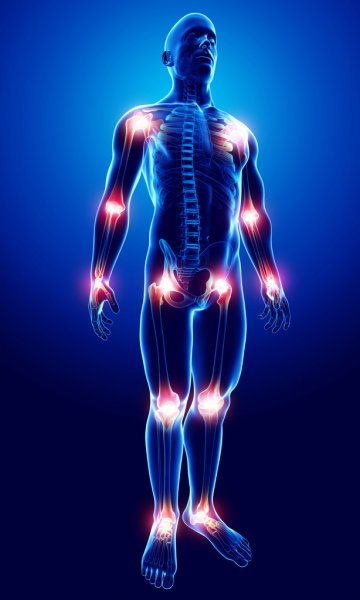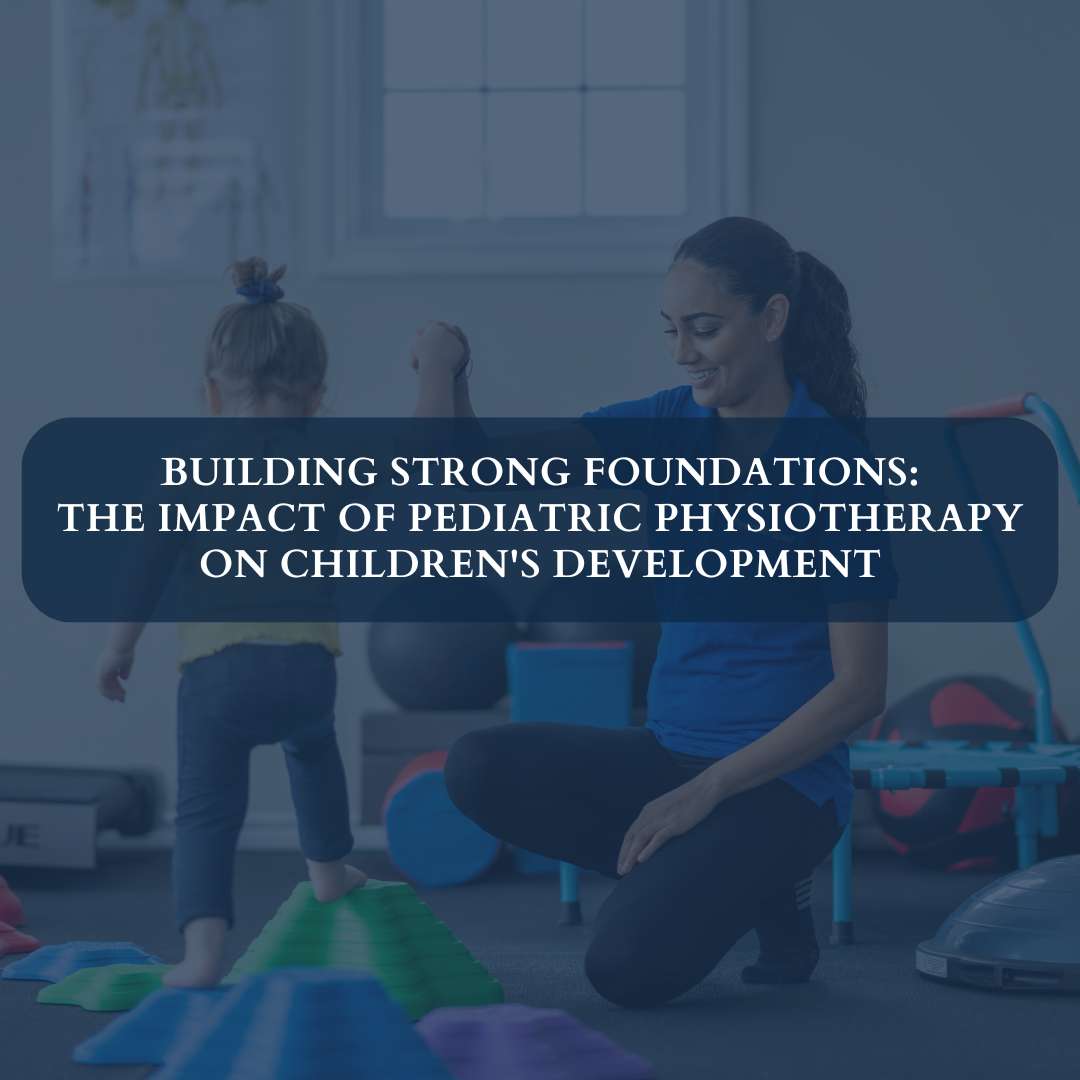Every child develops at their own pace, but there may be times when concerns arise about a child’s physical development or their ability to perform daily activities. Pediatric rehabilitation can be a powerful tool in helping children reach their full potential, both physically and functionally. This blog delves into the world, explaining what is Pediatric Rehabilitation. And why It might be necessary, and how it can benefit your child.
What is Pediatric Rehabilitation?
Pediatric rehabilitation is a specialized healthcare field focused on improving the physical abilities and functional skills of children with a variety of conditions. It utilizes a team-based approach, often involving physical therapists, occupational therapists, speech-language pathologists, and other specialists, depending on the child’s individual needs.
Here’s a breakdown of some key areas addressed in pediatric rehabilitation:
- Physical therapy: Focuses on improving a child’s gross motor skills (movement of large muscle groups) and fine motor skills (movement of small muscle groups). This can involve exercises, strengthening activities, and balance training.
- Occupational therapy: Aims to enhance a child’s ability to perform activities of daily living (ADLs) such as dressing, bathing, and eating. Occupational therapists also work on sensory integration and social skills.
- Speech-language pathology: Addresses communication difficulties and swallowing problems encountered by some children.
When is Pediatric Rehabilitation Needed?
Pediatric rehabilitation can be beneficial for a wide range of conditions affecting a child’s physical development and function. Here are some common reasons why rehabilitation might be recommended:
- Developmental delays: Children who are not meeting developmental milestones for their age (e.g., crawling, walking, talking) may benefit from early intervention through pediatric rehabilitation.
- Neurological disorders: Conditions like cerebral palsy, spina bifida, and traumatic brain injuries can impact movement, coordination, and other physical abilities.
- Musculoskeletal issues: Muscle weakness, pain, or injuries can hinder a child’s physical development.
- Genetic conditions: Certain genetic disorders can affect a child’s physical abilities.
- Amputation or limb deficiencies: Pediatric rehabilitation helps children adapt and develop new skills to navigate daily life with prosthetics or orthotics.
It’s important to note that this list is not exhaustive. If you have any concerns about your child’s physical development or their ability to perform daily activities, consult your pediatrician for an evaluation. Early intervention is crucial in maximizing a child’s potential and improving their quality of life.
Benefits of Pediatric Rehabilitation
Pediatric rehabilitation offers a range of advantages for children with physical limitations. Here are some key benefits:
- Improved physical abilities: Rehabilitation programs can help children develop strength, coordination, balance, and gross and fine motor skills, allowing them to participate more fully in daily activities.
- Enhanced independence: By improving a child’s ability to perform ADLs, rehabilitation empowers them to be more independent in daily living, fostering a sense of accomplishment and self-confidence.
- Reduced pain and improved comfort: Rehabilitation programs can address pain management strategies and improve posture, promoting better overall comfort for the child.
- Improved communication skills: For children experiencing speech or swallowing difficulties, speech-language pathologists within the rehabilitation team can help them communicate more effectively and safely manage their meals.
- Social and emotional development: By enabling greater participation in activities and play, rehabilitation can foster social interaction and emotional well-being in children.
- Reduced healthcare needs: Effective rehabilitation can help prevent future complications and reduce the need for additional medical interventions.
What to Expect from Pediatric Rehabilitation
The course of pediatric rehabilitation is tailored to each child’s unique needs and goals. A typical program may involve:
- Comprehensive evaluation: A team of specialists will assess the child’s current physical abilities, developmental stage, and specific needs.
- Individualized treatment plan: Based on the evaluation, a treatment plan will be designed outlining specific therapies and interventions.
- Therapy sessions: Depending on the child’s needs, therapy sessions can involve exercises, games, and activities. It aims at promoting skill development and functional improvement.
- Home program: Therapists often provide families with exercises and strategies to continue the rehabilitation process at home.
- Progress monitoring: Regular assessments will be conducted to track progress and adjust the treatment plan if necessary.
Supporting Your Child Through Pediatric Rehabilitation
As a parent or caregiver, you play a vital role in your child’s success in pediatric rehabilitation. Here are some ways you can support your child throughout the process:
- Be involved: Actively participate in discussions with the rehabilitation team and ask questions to understand the treatment plan and goals.
- Encourage your child: Provide positive reinforcement
Ready to explore your options for chiropractic and physiotherapy? Contact SwastyaPhysio today to schedule a consultation and discover the best path to your wellness journey. We’re here to support your health every step of the way.
Banaswadi | HBR layout | Kalyan Nagar | Kammanahalli | Horamavu | Hennur

